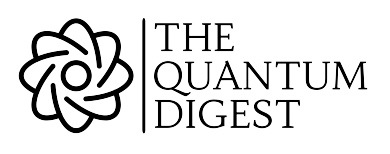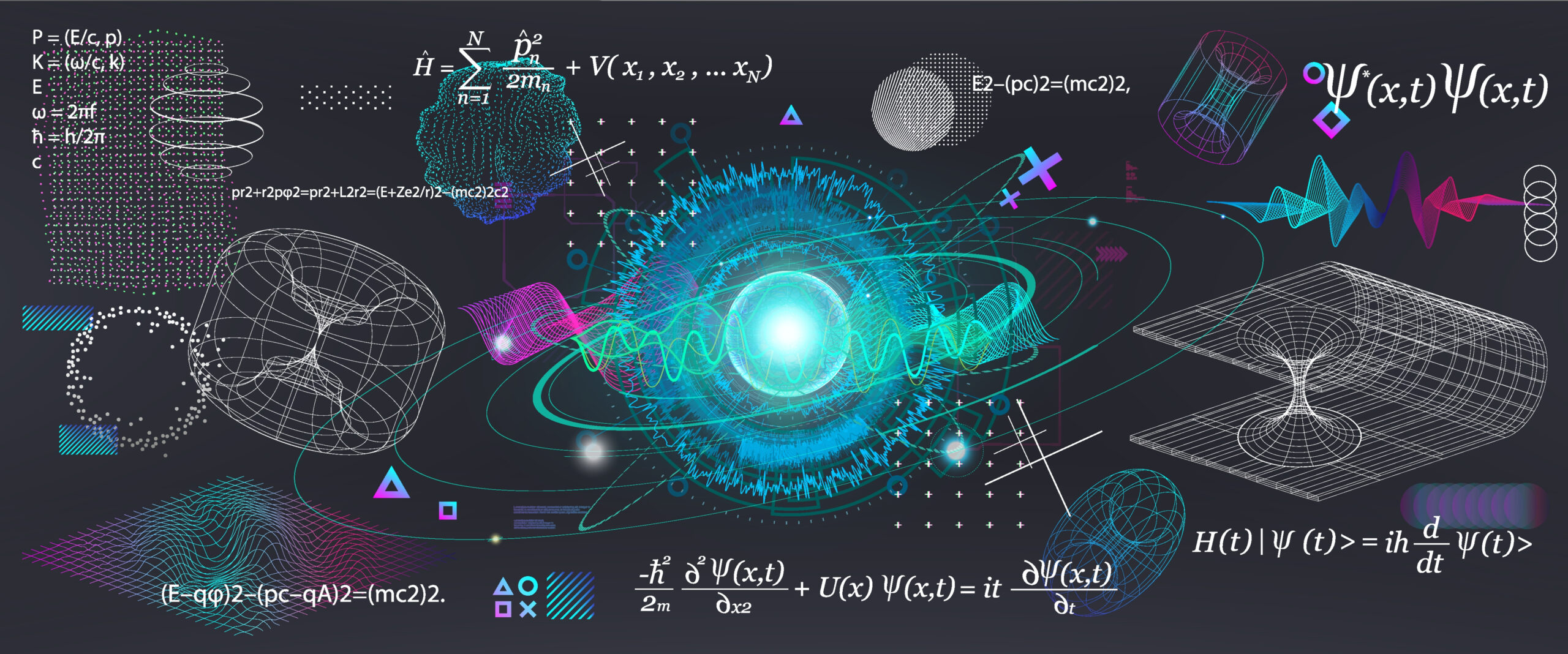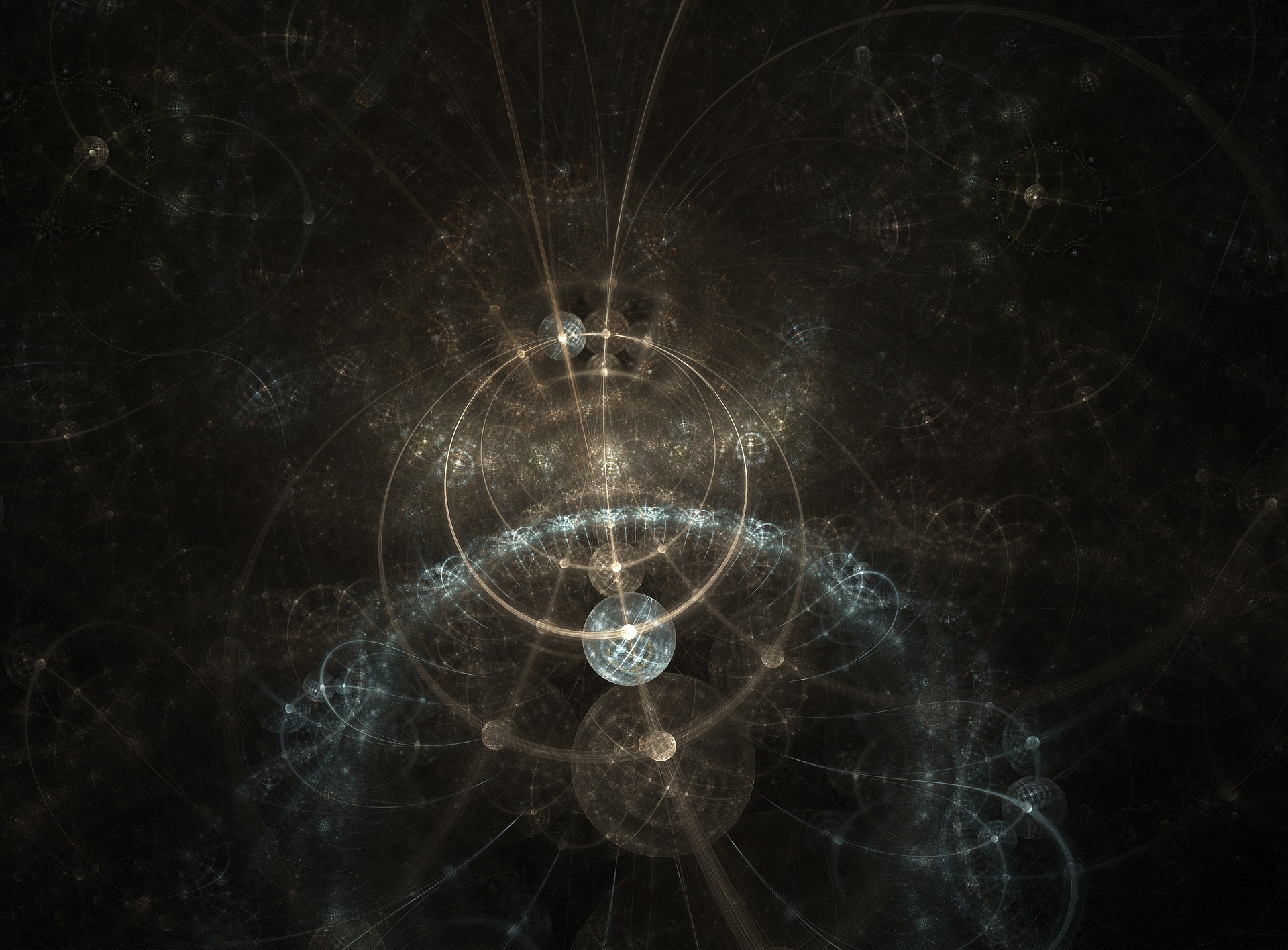The Dawn of Quantum Field Theory
Welcome dear readers, to a gentle stroll down the path of quantum field theory. Picture a time when the most brilliant minds embarked on a mission to uncover the deepest secrets of the universe, playing detective with atoms and particles. The early 20th century was a ripe period for such adventures, and quantum field theory was at the heart of it all, a fresh-faced newcomer ready to change the world of physics forever.
Back in those days, physicists were encountering puzzles that classical physics could not solve. It was a time of question marks, with scholars scratching their heads, puzzled by the behavior of atoms at the microscopic level. Enter the hero of our story: quantum field theory. It came as a breath of fresh air, offering a new way of looking at the world, one that could explain these mysterious phenomena.
The Birth of Iconic Equations

As we delve deeper, let’s have a quick peek at the renowned Dirac equation, a star in the quantum field theory universe:
$$ i\hbar\frac{\partial}{\partial t}\Psi = (c\alpha \cdot p + \beta mc^2)\Psi $$
Despite its complex look, this equation was a game-changer, knitting together quantum mechanics and special relativity, and opening doors to the amazing world of antiparticles. Picture a symphony where each note played is a dance between matter and energy, orchestrated by this very equation.
Feynman diagrams too danced into the scene around this time, offering visual storylines for the particle interactions described byfield theory. Imagine a comic strip, where each panel illustrates a particle’s journey, giving physicists a graphical tool to understand complex processes with a sparkle of clarity.
Click to learn more about Feynman diagrams.
Masters of the Quantum Field
As we continue our journey, let’s tip our hats to the brilliant minds who were the master puppeteers behind the scenes, orchestrating the developments in quantum field theory. Richard Feynman, a man with not just a brilliant mind but a vibrant personality, was one of the front runners, bringing to the table not just equations but bongos and artistic flair.
Let us also not forget Julian Schwinger and Tomonaga Shinichiro, giants in their own right, shaping quantum field theory with meticulous attention to detail. Their contributions paved the way for a richer understanding of the subatomic world, introducing concepts that were both groundbreaking and a tad mind-boggling, setting the stage for modern physics as we know it today.
Breaking Down Complex Concepts: A Simple Guide to Quantum Field Theory
In the dynamic world of physics, the quantum field theory stands as a pillar, holding secrets to many unsolved mysteries of the universe. It is a complex and intricate theory, and today, we embark on a journey to unravel it piece by piece, making it more accessible and comprehensible.
Understanding Quantum Particles

At the core of quantum field theory, we find quantum particles. Picture them as the most basic units of matter. Let us bring it closer to home. Imagine building a vast LEGO castle using only single tiny LEGO blocks. In the same way, these particles come together to build the universe as we know it. They follow unique rules, slightly different from what we observe in our everyday lives.
To give you an insight into their behavior, we refer to the wave function, often denoted as Ψ (Psi). This mathematical function provides the probabilities of the outcomes of experiments. The equation representing this is:
$$ i\hbar\frac{\partial}{\partial t}\Psi = \hat{H}\Psi $$
Here, i is the imaginary unit, ℏ is the reduced Planck’s constant, and H is the Hamiltonian operator. This equation might look intimidating, but it essentially describes how the wave function evolves over time.
The Fields and Vibrations
Let’s move a step further into the fascinating world of quantum field theory. Imagine a calm sea, and visualize dropping a stone into it. You will notice ripples emanating from the point of impact. Now, think of these ripples as quantum fields, and the stone as a quantum particle affecting the field.
In quantum field theory, we often speak about fields vibrating. These vibrations give rise to particles. To describe these fields mathematically, physicists use the field operators. For instance, the field operator ϕ(x) at a point x can create or annihilate a particle at that point. It operates according to the equation:
$$ \phi(x)|0\rangle = |1\rangle $$
In this equation, ∣0⟩ represents the vacuum state with no particles, and ∣1⟩ symbolizes a state with one particle. It simply tells us how fields give rise to particles.
From Theory to Reality
As we stand on the cusp of understanding field theory, it becomes pertinent to ask – how does this translate to real life? What implications does it hold for us?
The answer is enormous. It underpins the standard model of particle physics, explaining the behavior of all known particles and forces, except gravity. Through its lens, we’ve developed technologies that power computers, the internet, and even GPS systems.
One critical application is in the world of medicine. Quantum field theory has spearheaded advancements in MRI technology, aiding in more precise medical diagnoses. It showcases the depth of its integration into our daily experiences, emphasizing its fundamental role in steering the wheel of modern innovation and technology.
Unlocking the Secrets of Quantum Field Theory
Quantum field theory is more than a theoretical playground for physicists; it has real-world applications that are changing our world. Let’s take a deeper look into the fascinating applications of field theory in the modern era.
Technological Innovations Powered by Quantum Field Theory
In the realm of technology, the principles of field theory have led to the creation of revolutionary devices. Understanding the behaviors of particles at the quantum level has opened up novel approaches to technology development.
Semiconductors and Quantum Dots
At the heart of many electronic devices are semiconductors. These materials owe their functionality to the principles of quantum mechanics. Quantum dots, tiny semiconductor particles that have quantum mechanical properties, are at the forefront of this technology. Through the lens of field theory, scientists can manipulate these dots to create more efficient solar cells and even medical imaging devices.
Consider the equation governing the energy levels in a quantum dot:
$$[ E = \frac{{\hbar^2 \pi^2}}{{2mL^2}}\left( n_x^2 + n_y^2 + n_z^2 \right) ]$$
Here, E is the energy, ℎ is Planck’s constant, m is the electron mass, L is the size of the quantum dot, nx, ny, and nz are quantum numbers. Understanding this equation allows for the precise engineering of quantum dots for specific applications.
Superconductors and Magnetic Levitation

Beyond semiconductors, we have superconductors, materials that can conduct electricity with zero resistance when cooled to extremely low temperatures. This phenomenon is explained by the BCS theory, a direct application of field theory, which describes how electron pairs can move without resistance.
This has led to magnetic levitation technologies, where vehicles like the Maglev train can ‘float’ and travel at immense speeds, drastically reducing friction and energy waste.
MRI and Advanced Imaging Techniques
Perhaps the most well-known application is in Magnetic Resonance Imaging (MRI). This non-invasive imaging technique leverages nuclear magnetic resonance, a quantum mechanics process, to create detailed images of the internal structures of the body.
A fundamental understanding of field theory allows for continuous improvements in MRI technology, making diagnoses more accurate and safe.
Targeted Drug Delivery Systems
Quantum field theory also plays a vital role in the emerging field of targeted drug delivery systems. By understanding the quantum behaviors of molecules, researchers can develop drugs that are delivered precisely where they are needed in the body, improving efficacy and reducing side effects.
Fusion Energy
Fusion energy, a process of merging atomic nuclei to release energy, is guided by the laws of quantum mechanics. Understanding the quantum behaviors of particles is central to controlling the fusion process and harnessing it for clean, virtually limitless energy.
The fusion reaction can be described as:
$$[ D + T \rightarrow ^4\text{He} + n + 17.6\, \text{MeV} ]$$
Here, deuterium (D) and tritium (T) combine to form helium-4 (4He) and a neutron (n), releasing a significant amount of energy. Quantum field theory offers a pathway to understand and leverage fusion reactions for sustainable energy solutions.
Quantum Solar Cells
Field theory is also shaping the next generation of solar cells, creating panels that can absorb a broader range of light frequencies, thus improving efficiency.
As we continue to unravel the complexities of the quantum realm, we move closer to a future where the promises of quantum field theory become everyday realities. The equations and principles that govern this field hold the keys to advancements that we are only just beginning to realize, ushering us into a truly quantum age.
A Peek into the Future: Speculating on the Potential Future Breakthroughs in Quantum Field Theory
Quantum Field Theory and Technological Advancements
As we stand on the brink of numerous scientific breakthroughs, the role of quantum field theory becomes increasingly central. A core principle in modern physics, quantum field theory, offers us a framework to understand the very nature of the universe.
Let’s delve deep but with easy terms. Imagine a stage where particles dance. Here, quantum field theory is the choreographer, guiding the moves based on mathematical principles. This theory uses fascinating equations like the Schrödinger equation, often represented as:
$$i\hbar\frac{\partial}{\partial t}\Psi = \hat{H}\Psi $$
This equation directs how particles evolve over time. It is a cornerstone, paving the way for understanding more complex phenomena in the quantum world.
But what can we foresee in the realm of technological advancements?
Consider quantum computers, the geniuses of the future. These are not mere upgrades to our current systems. They promise computational power beyond our imagination, solving puzzles in seconds that would take traditional computers centuries to crack. Quantum field theory is the architect behind these machines, setting the stage for a revolution in processing speed and computational proficiency.

Click to learn more about quantum innovations in 2023.
Quantum Field Theory in Medicine
Turning our eyes to the field of medicine, the influence of quantum field theory appears promising and vast. Medical researchers and physicists join hands to craft solutions previously deemed impossible.
One such breakthrough is in the realm of medical imaging. Thanks to quantum field theory, we are anticipating imaging techniques with unprecedented precision. It can break down structures to a minuscule level, providing insights that are revolutionary.
Yet, it goes beyond imaging. The field has opened doors to the concept of quantum healing. This process relies on the body’s quantum field, theorizing the potential for healing at a subatomic level. Though still in nascent stages, it brings forth hope and a fresh perspective on healing methodologies.
Moreover, it promises to steer us towards personalized medicine. With the help of quantum field theory, we could soon witness treatment plans molded to an individual’s unique genetic makeup, ushering in a new era of medical precision and effectiveness.
Quantum Field Theory: The Gateway to Understanding Our Universe
As we venture further, the most thrilling prospects lie in unraveling the mysteries of our universe. Quantum field theory stands as a beacon, shedding light on dark matter, that elusive entity making up a vast portion of our cosmos.
With the application of equations such as the famous Dirac equation, represented as:
$$ (i\gamma^{\mu}\partial_{\mu} – m)\psi = 0 $$
scientists aim to unravel the secrets that bind the universe. This equation, a marvel of quantum field theory, holds the key to unlocking a deeper understanding of matter and the forces that govern it.
The study of cosmic phenomena through the lens of field theory promises unprecedented discoveries. Imagine grasping the true nature of black holes, those mysterious giants swallowing light and time. Or understanding the birth of stars, narrating the life stories of galaxies far, far away.
Moreover, the theory holds potential insights into the creation of our universe. By studying the quantum fluctuations from the early universe, represented through intricate equations, we inch closer to deciphering the origin story of the cosmos itself.
Conclusion
As we stand at this juncture, the possibilities with field theory appear boundless. From redefining technological landscapes to forging paths in medical science, it heralds a future ripe with innovation and discoveries.
We venture forward with eager eyes and curious minds, ready to embrace the advancements that lie in wait. Quantum field theory, with its rich mathematical landscape and deep insights into the fabric of reality, promises to be the guiding light in our journey towards a future unknown, yet incredibly exciting.
Each day, as researchers delve deeper, we find ourselves on the cusp of breakthroughs that once resided in the realms of science fiction. Yes, the future of quantum field theory is not just bright; it is dazzling, offering a roadmap to a future of unparalleled understanding and remarkable advancements. Let us venture into this future with open hearts and minds, ready to embrace the quantum revolution that beckons.



